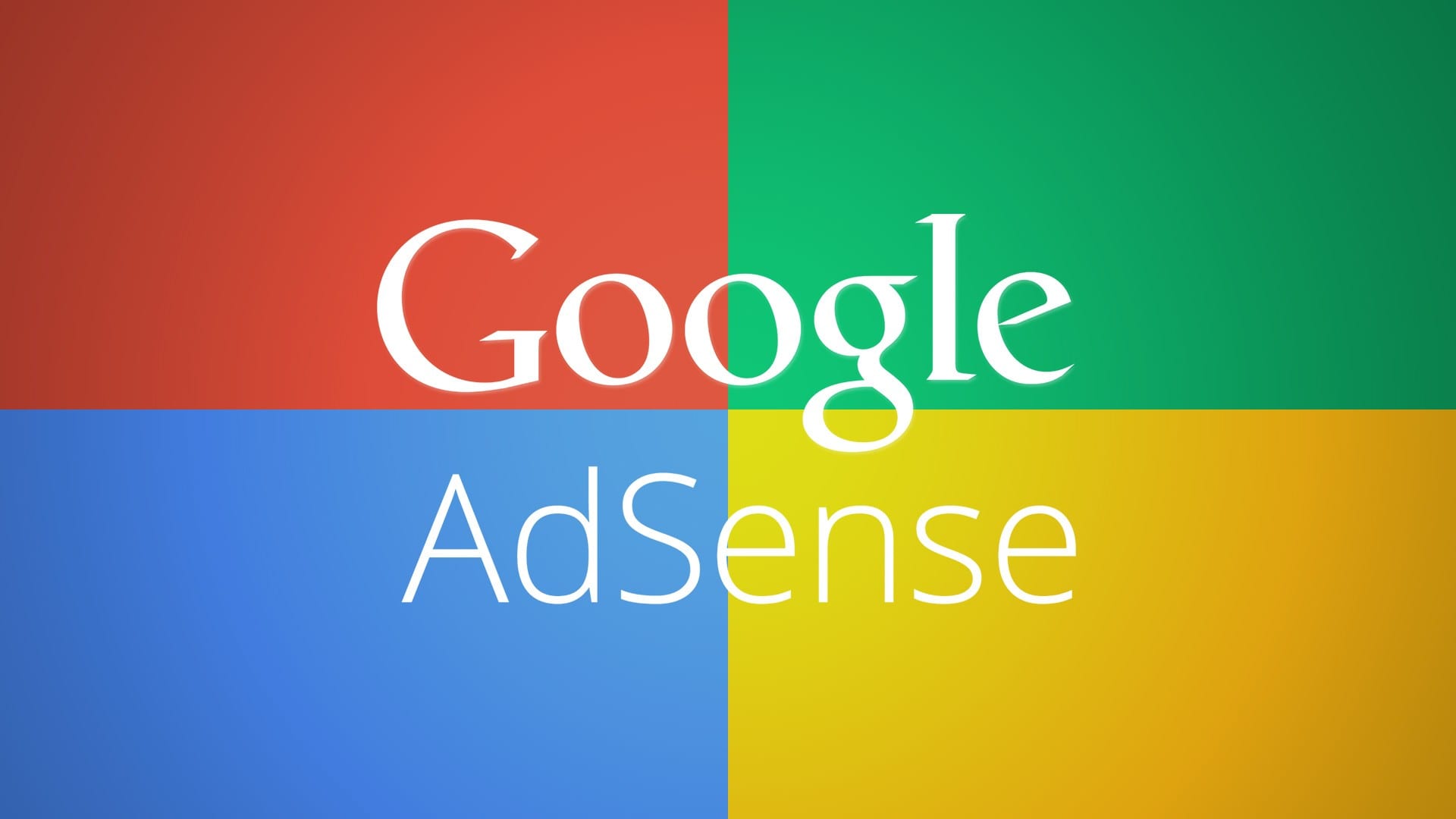The biggest mistake I see with people using Adsense as their monetization strategy, is they forget that Adsense is a CPC based network. You get paid per click, not by impression.
Yet over and over again I see people not laying out their ads on their sites to maximize their income potential.
Forget traffic for right now. I’m going to show you 8 effective Adsense tips on how you can double your income from your existing traffic with a few optimization tricks I’ve picked up over the years.
1. Use all your ad blocks, and make them big
Starting off simple.
Use all your ad blocks. In addition to increasing your chances for a click, this increases the ad spaces on your site advertisers can bid on and gives you a better overall RPM. You’re allowed to use 3 ad blocks and 3 link units for each page of your site. While I don’t normally use link units at all, I do use 3 ad blocks no matter how short my content is.
Forget all the other size options that Adsense gives you. Bigger is better. Forget trying to blend it into your content, just make them visible so people can’t miss it. I’ve done extensive testing colours and came to one conclusion: blending is not always the answer. As long as people can see them, they’ll click on it if it’s something they’re interested in.
2. Place at least 2 ads within the post content
I know, it’s ugly to have ads mixed into your content, but it’s where your ads can get the most exposure. I like to place at least 2 ad blocks within the content itself: 1 at the top and 1 at the bottom.
What works best for me is to put the first ad right below the first paragraph, and the second one right after the content.
3. Use Red Instead of Blue
For the longest time, I had the same colour scheme to my site: black text and blue links. It worked.
But I noticed that using red links throughout my site instead of blue worked so much better. Maybe it has something to do with people’s natural blindness to blue link ads, but red far outperforms blue.

Try making all the links on your site red, and then use the same red colour for your Adsense ads. Don’t use a bright red, but more of a maroon colour so your site doesn’t look like it was built in 1999.
4. Use a Scrolling Ad Block
Google does list this as not-allowed in their policies. However, I’ve been using it for years and have even passed a manual review on my site. Use this at your own risk. It may be a case-by-case basis. If they see you are using it to manipulate clicks, you are putting your account as risk.
Ever visit a website and see the ad follow you down the page as you scrolled down? Implementing that into my websites dramatically improved my CTR and overall RPM.

Even if you do get permission to use it, it’s only against the policy if you hover it over your content. For example, if you had an ad block above your post title and it covered your content as you scrolled down, that would be against the rules.
If you have it in the sidebar, away from any content on the site, you’re allowed to use the feature.
For this, I like to use the Q2W3 plugin, which is free for WordPress users. Just activate the plugin, and you’ll see an option in your widgets to make them sticky.
Sidebar ads really suck for Adsense. But with this scrolling plugin, I improved my sidebar-ad CTR by over 150%.
The best ad unit for this? The giant 300 x 600 large skyscraper ads.
5. Use Text & Image Based Ad
With Adsense, you’re allowed to choose whether your ad unit is image based or text based. Unless you’re seriously in love with one type of ad, try using Text & Image based.

Using both text and image options allows more advertisers to bid on it (text ad bids and image ad bids) and increases your overall Cost Per Click.
Don’t expect to see an instant jump in CPC. From my experience, it’s not a huge increase, but over time, it does pay more per click than an only text or only image ad.
Increase your CTR instantly by using the Newspaper WP Theme, the highest converting Adsense WP theme I’ve ever used.
6. Create a Shortcode
For WordPress users.
This involves editing some PHP files, but don’t freak out if you can’t code. This is really simple stuff.
What it does is it allows you to create a simple shortcode that allows you to add in ads wherever you please.
So while you’re writing an article, all you have to do is type in [ads] wherever you want the ad to be, and it will place it there. This is useful if you want to control your ad positions on shorter and longer posts, or for different kind of posts such as a video or image heavy posts.
Here’s how to do it.
- Go into your WordPress editor and open the functions.php file.
-
Paste in this code:
// Ad Shortcode
function ads_shortcode() {
return 'ERASE-THIS-PART-AND-PASTE-IN-YOUR-ADSENSE-CODE-HERE';
}
add_shortcode('ads', 'ads_shortcode');
Don’t forget to delete the line that says ERASE-THIS-PART-AND-PASTE-IN-YOUR-ADSENSE-CODE-HERE and paste in your Adsense code.
You can put in styling along with your Adsense code to center them, float them, place 2 ads side by side, etc.
It’s awesome.
Now, when you’re writing or editing your posts, wherever you type in [ads], it will show the Adsense code and whatever styling you applied to it.
7. My Favourite Ad Position: Under 1st Paragraph
My best performing ad position is usually the large rectangle or regular 300×250 ad block placed right under the first paragraph of the post or page.
From my own testing, these performed better than floating it to the right of the first paragraph or having it right under the title.
Here’s a simple function you can add to your functions.php file. It will add in your Adsense code right after “x” amount of paragraphs. For me, I choose 1 to put it right after the first paragraph, but you can choose any number you want.
Here’s how to do it:
- Go into your WordPress editor and open the functions.php file.
-
Copy and paste this in:
function insert_ad_block( $text ) {
if ( is_single() ) :
$ads_text = 'ERASE-THIS-PART-AND-PASTE-IN-YOUR-ADSENSE-CODE-HERE';
$split_by = "\n";
$insert_after = 1; //number of paragraphs
// make array of paragraphs
$paragraphs = explode( $split_by, $text);
// if array elements are less than $insert_after set the insert point at the end
$len = count( $paragraphs );
if ( $len < $insert_after ) $insert_after = $len; // insert $ads_text into the array at the specified point array_splice( $paragraphs, $insert_after, 0, $ads_text ); // loop through array and build string for output foreach( $paragraphs as $paragraph ) { $new_text .= $paragraph; } return $new_text; endif; return $text; }
add_filter('the_content', 'insert_ad_block');
Don’t forget to delete the line that says ERASE-THIS-PART-AND-PASTE-IN-YOUR-ADSENSE-CODE-HERE and paste in your Adsense code.
Just like the first one, you can also apply any styling you want to it.
8. Control Your Sidebar Ads Depending on What Page You’re On
Maybe a sidebar ad performs well on the homepage and archive pages, but not in your individual posts. Well, this can easily be fixed with a free plugin called Display Widgets.

I use it for almost all of my Adsense sites because sidebar ads don’t perform the same on every page of the site.
Simply install and activate the plugin. After that, just go into the WordPress Widgets section of your admin and you can control each individual widget and on which pages it’s hidden and which pages it’s shown.
Note: If you select “Show on Selected Pages” it will hide it on every page BUT the ones you select. If you select “Hide on Selected Pages” it will show it on every page BUT hide it from the ones you select. You don’t have to configure this for every single one of your widgets, only the ones you want to control. If you don’t touch it, it will just go with your theme’s default settings.
Conclusion
As you learned from these Adsense tips, there are a lot of things you can do to increase revenue off of your existing traffic.
If you’re serious about your site (i.e. it’s making you a lot of money and you want to squeeze every penny out of it) then a one-position-fits-all ad layout isn’t the best option. You may be leaving a lot of money on the table by just installing a plugin that lays out the ads at the top and bottom of every post.
While a lot of things with Adsense are out of your control, you can use these Adsense optimization tips to experiment with your own site.
Lancez-vous dans une nouvelle aventure avec DoingBuzz
Découvrez une multitude d'offres d'emploi et de bourses d'études adaptées à votre parcours.
Newsletter
Abonnez-vous et accédez à tous nos articles en premier !













